Category: Local Archaeology
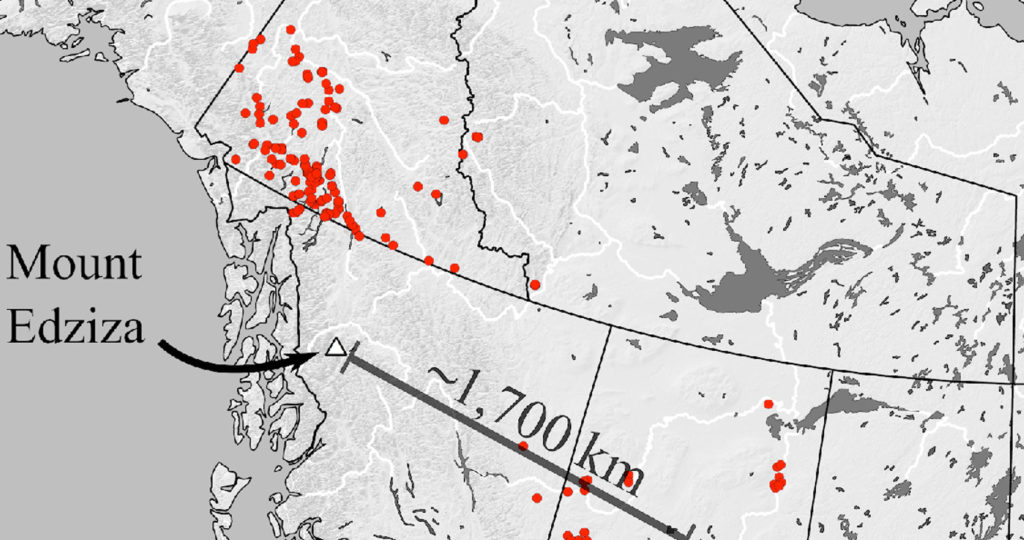
April 15, 2020
No volcanoes in Alberta, so where does the Obsidian come from?
When working close to an obsidian source (i.e. volcanoes), archaeologist will regularely find obsidian tools and debitage. However, in the boreal forests of northern Alberta, obsidian is a rare find indeed. So to find any evidence of it at all is pretty significant. Volcanic glass, or obsidian, is one of the sharpest naturally occurring materials
Keep Reading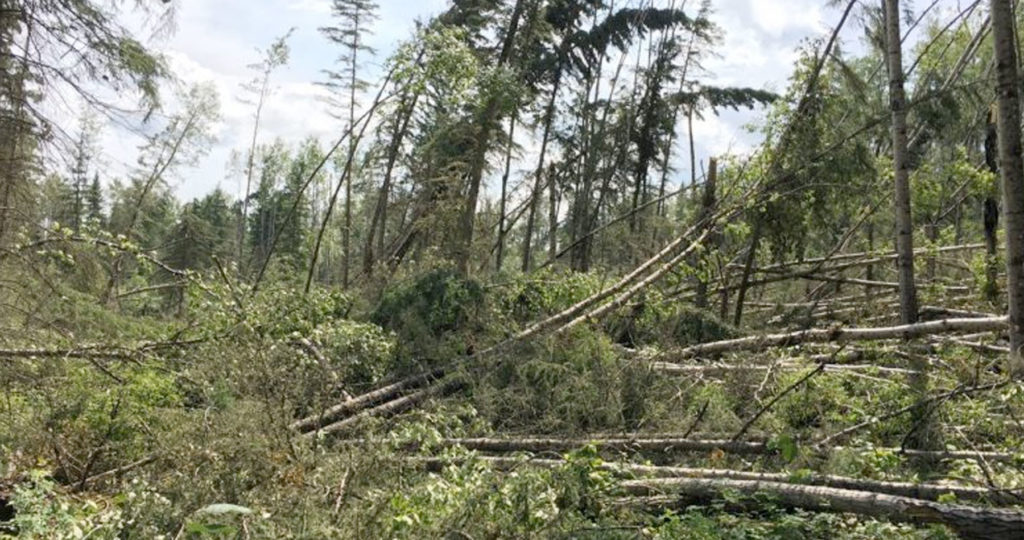
May 9, 2019
Wind Storm in the Slave Lake Region Aids in the Discovery of Giant Archaeological Site.
In July of 2017, some forests in the vicinity of Slave Lake experienced catastrophic blow down when a fast moving storm swept through central Alberta. The large storm system caused high winds and localized flooding in many areas, including Slave Lake and Edmonton. It also dropped golf ball sized hail on Drayton Valley and spawned
Keep Reading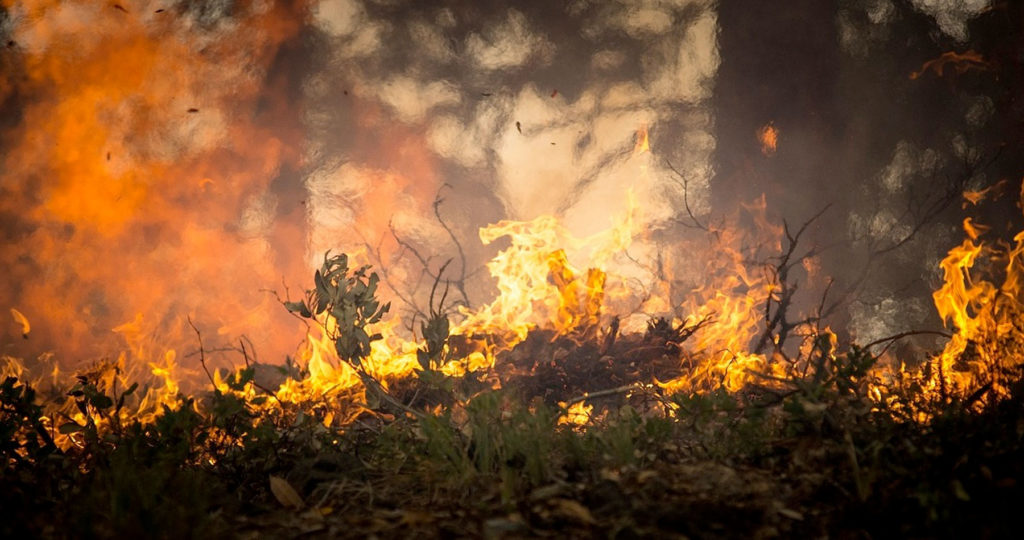
April 17, 2019
Wildfire and Archaeology: The good, the bad, and the opportunity
In recent years, wildfires in Canada and the United States have brought devastation to many communities. In the last 10 years, wildfires have burned nearly two million hectares of land in Canada alone. Human intervention, aimed at stemming the destruction wrought by wildfires during the last century, has actually increased the threat of large fires
Keep Reading
April 4, 2019
Where does the Obsidian we find come from?
Obsidian is a volcanic glass that was used by pre-European contact people all over North America. Known for its natural sharpness, ancient peoples sought the material for making tools for cutting and slicing. Additionally, it is easier to flintknap than the harder and more readily available materials local to Alberta. As many of our readers
Keep Reading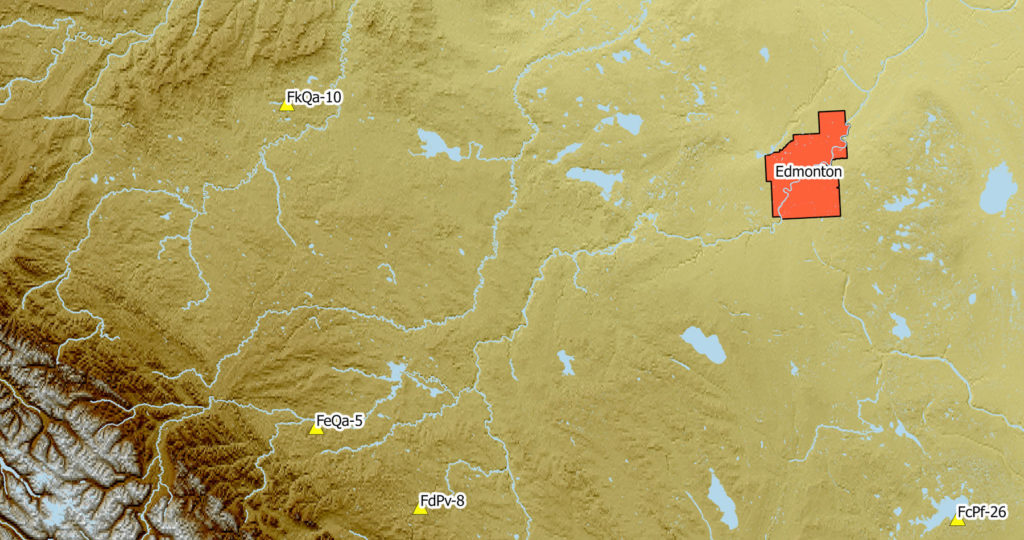
March 25, 2019
Top Ten Sites of 2018!
Now that all the reporting is done, we thought it was a good time to look back on some of the exciting sites we worked on from the past year. We find over 100 sites every year but these sites stand out either because we found interesting artifacts or the site is unique. It doesn’t
Keep Reading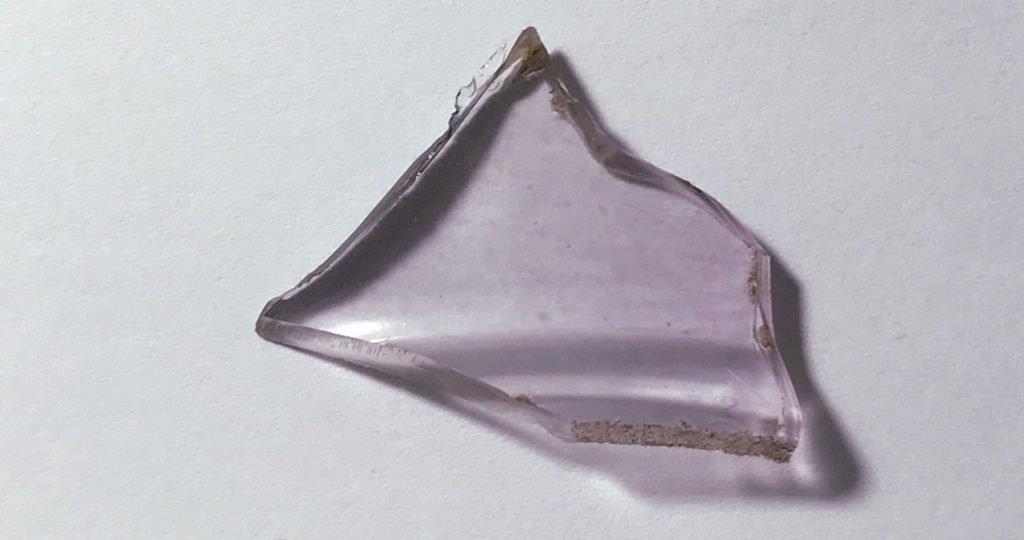
February 11, 2019
Purple Glass = Pre World War I
When we find post-European contact sites in Alberta we find a variety of historic resources including: cabins, ceramics, metal, and glass. The style of each of these can be a good indication of age and, in particular, glass has several features we look for. This includes molds, pontil marks (Figure 2), lip forms (Figure 1),
Keep Reading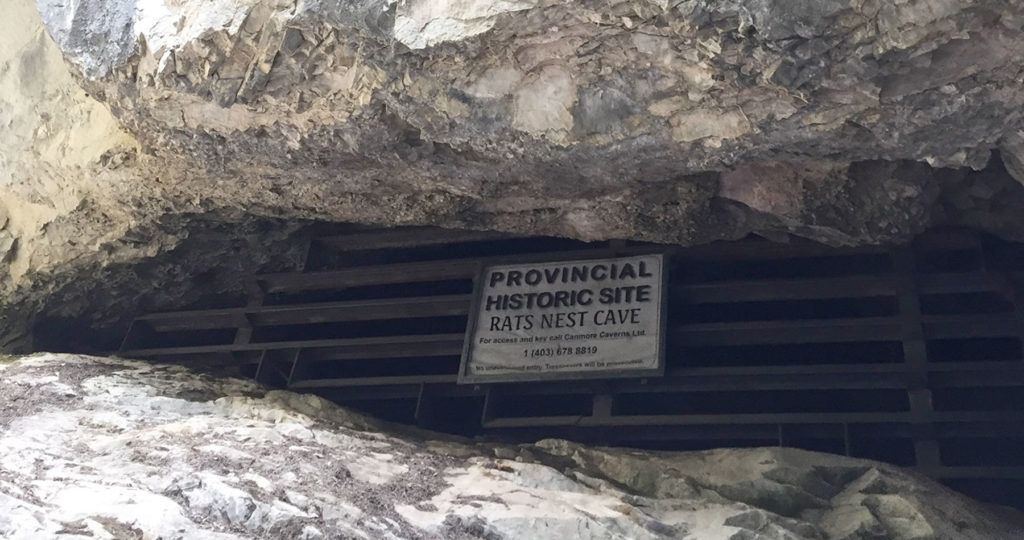
October 9, 2018
Rat’s Nest Cave – Pictographs
Last year I visited a very interesting site located near Canmore, AB. The Rat’s Nest Cave is accessible through the touring company, Canmore Cave Tours, and can be visited all year round. With the help of my guide, Brent, I rappelled 18 m into the cave and squeezed through many tight water carved gaps and
Keep Reading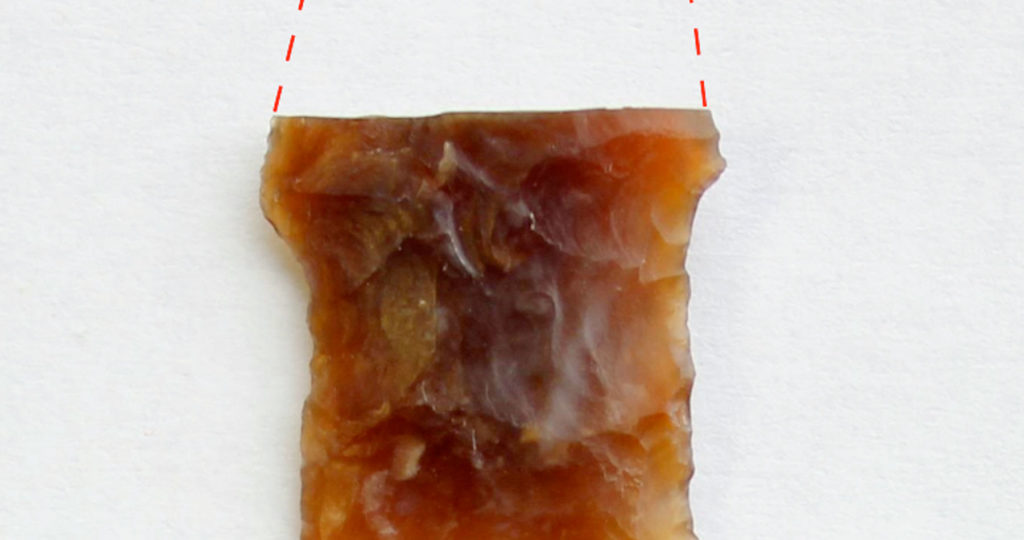
September 25, 2018
Continuity – Buffalo and Sucker Lake Region
Before 2013, archaeological survey in the Sucker and Buffalo Lake regions only identified three sites. In contrast, just 5 km east, in the Logan and Clyde River systems, around 25 sites had been found. This is likely due to the location of developments being surveyed, but it may also reflect older archaeological survey methods. The
Keep Reading
August 14, 2018
Fort Edmonton Park Expansion
As part of the upcoming expansion of Fort Edmonton Park, an Indigenous Peoples Experience exhibit is being added. The multimedia exhibit will educate visitors about the Indigenous histories and cultures of the Edmonton region in an engaging and interactive way. The exhibit will include an outdoor amphitheatre, teepees, campsite recreations, and an indoor arena show.
Keep Reading
July 3, 2018
The Alook Site – HaPl-1
Although the Wabasca-Desmarais regions is rich in cultural heritage, very few in-depth archaeological investigations have been conducted. HaPl-1, also known as the Alook site, is one of the few sites in the region that has actually been excavated or received any interest past its initial identification. In the 1960s and again in the 1070s, a
Keep Reading